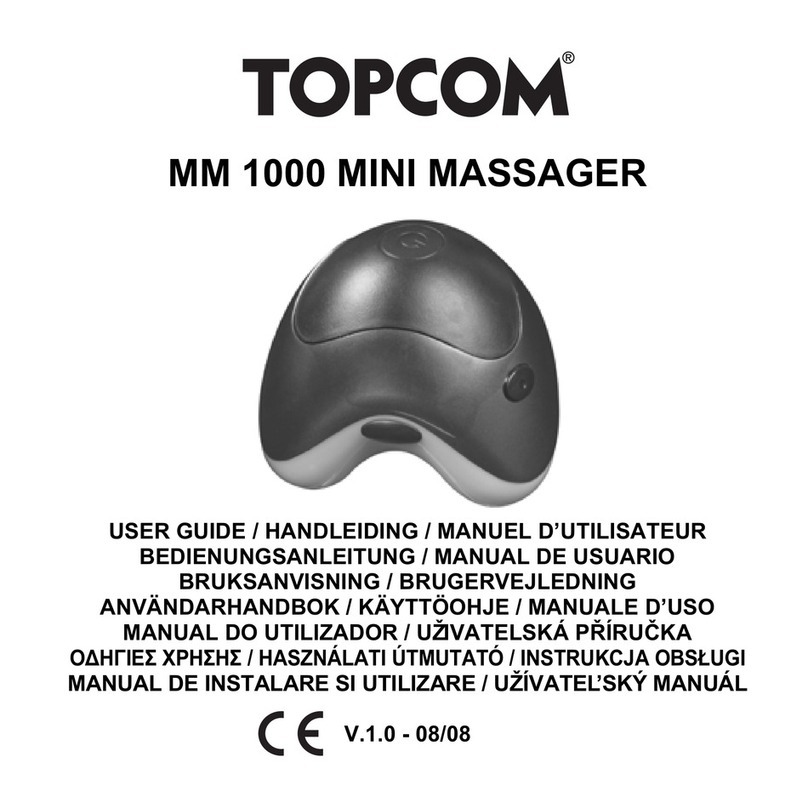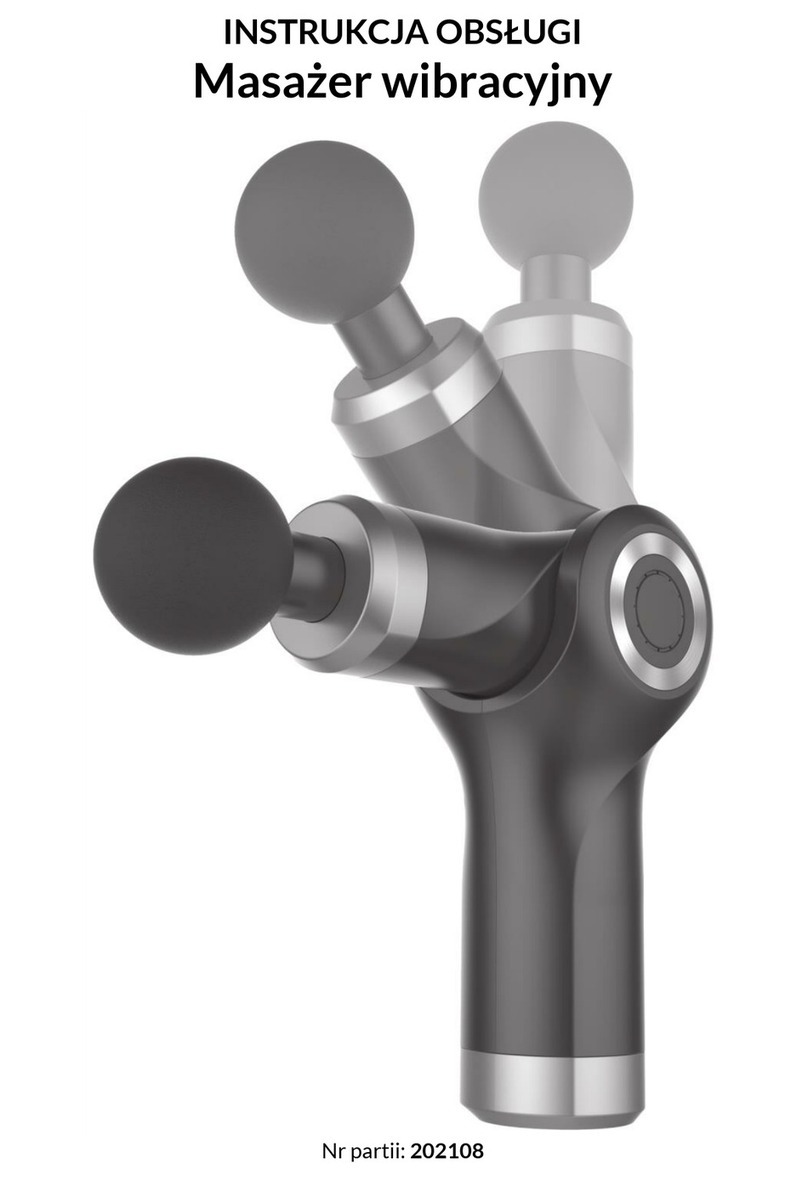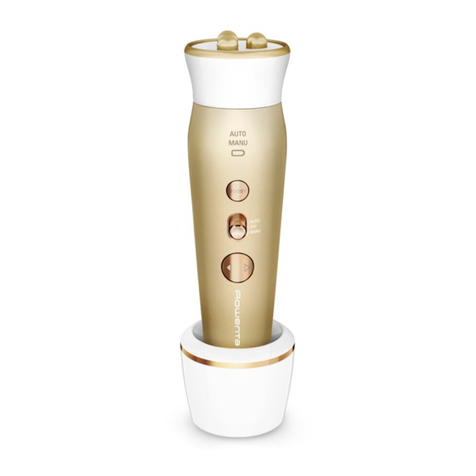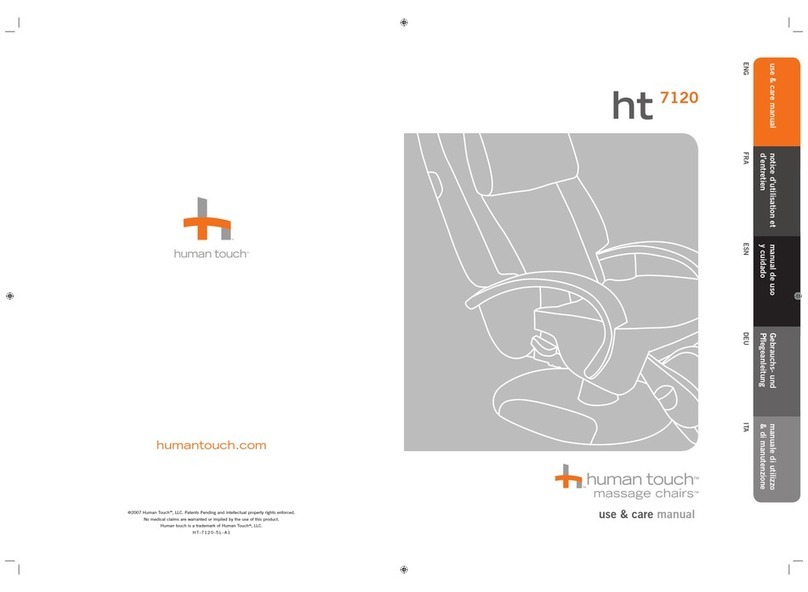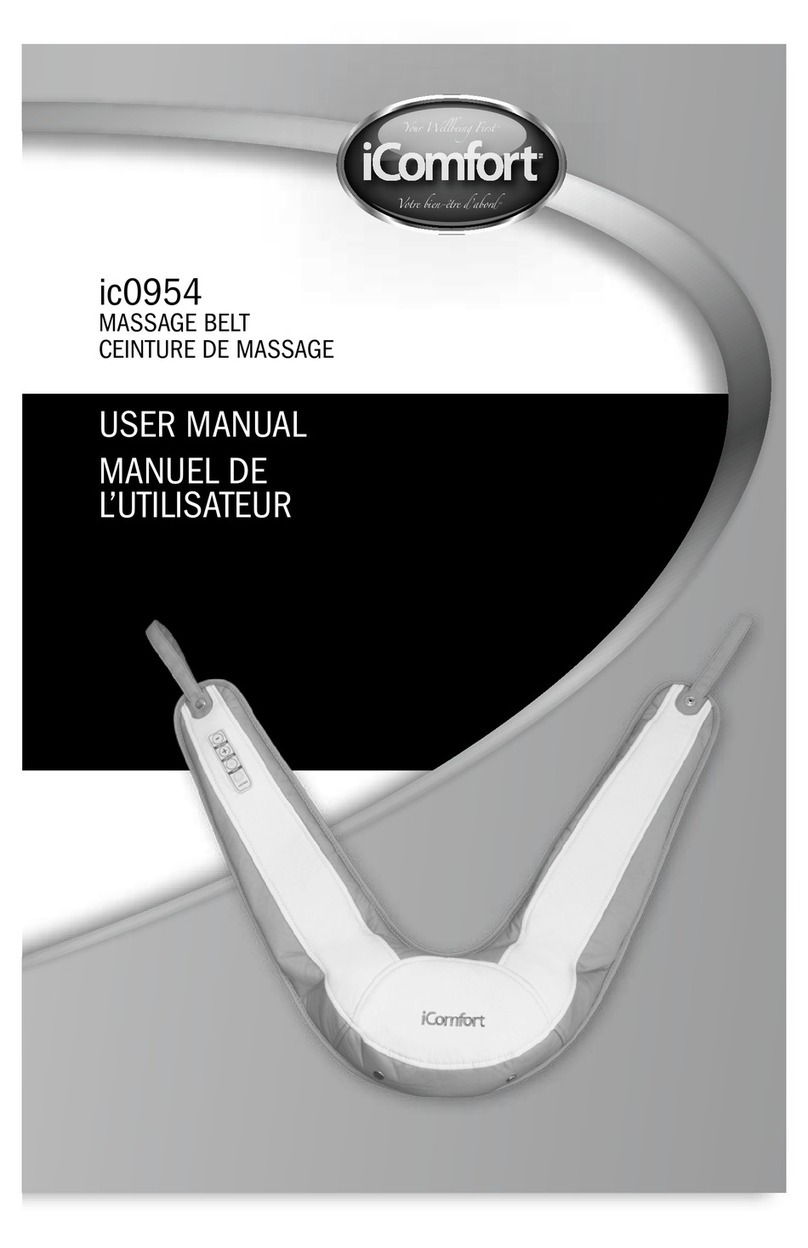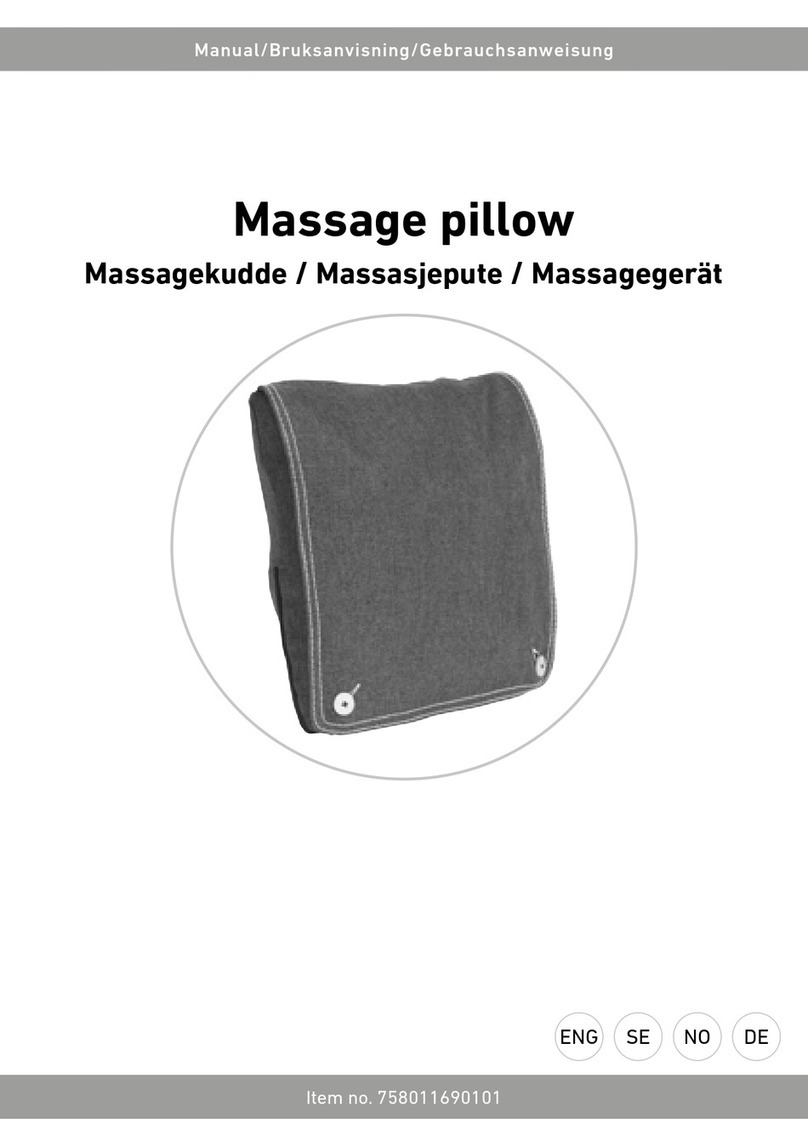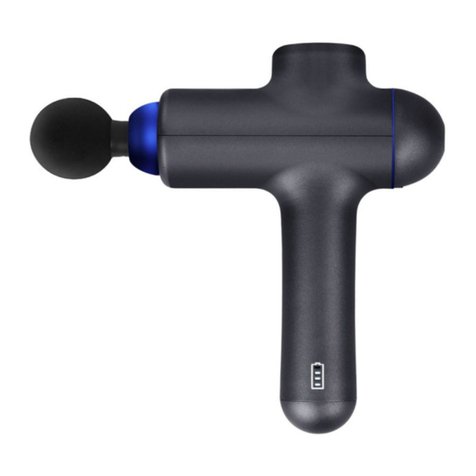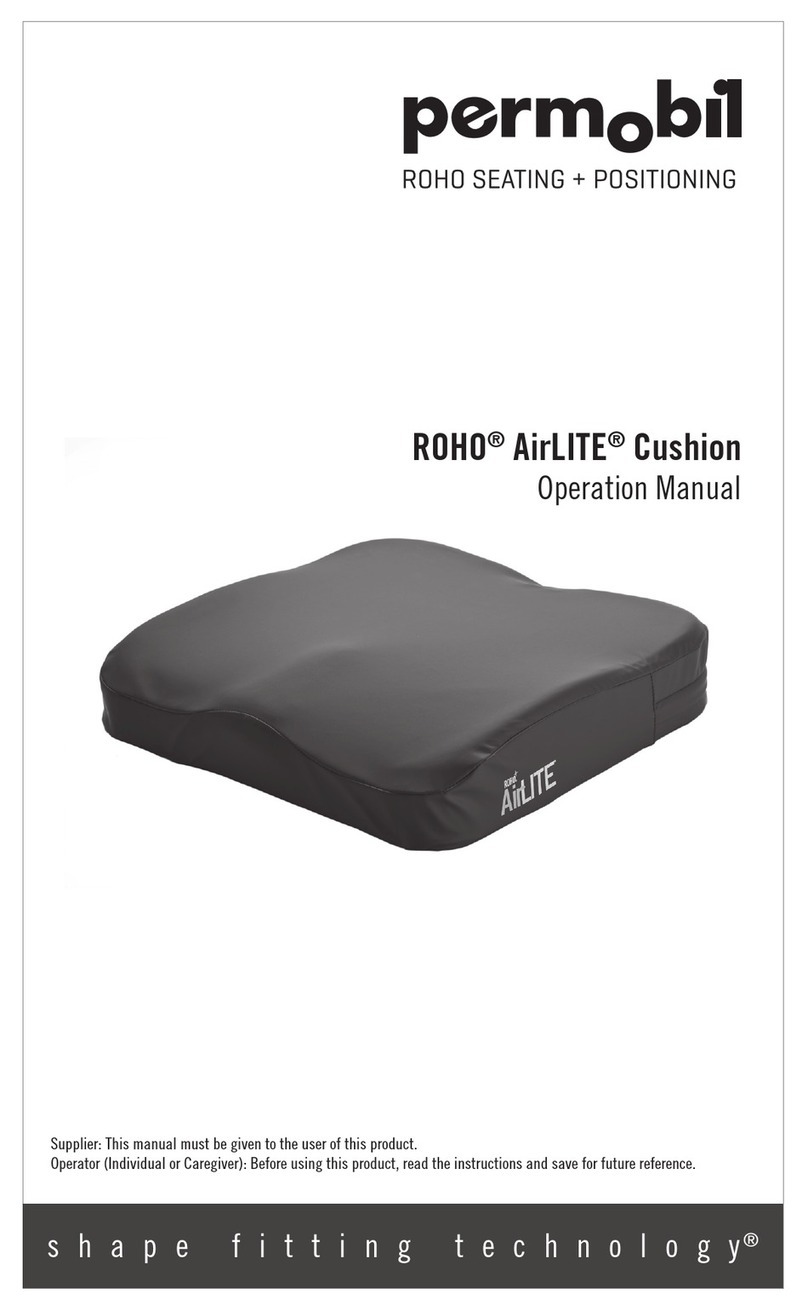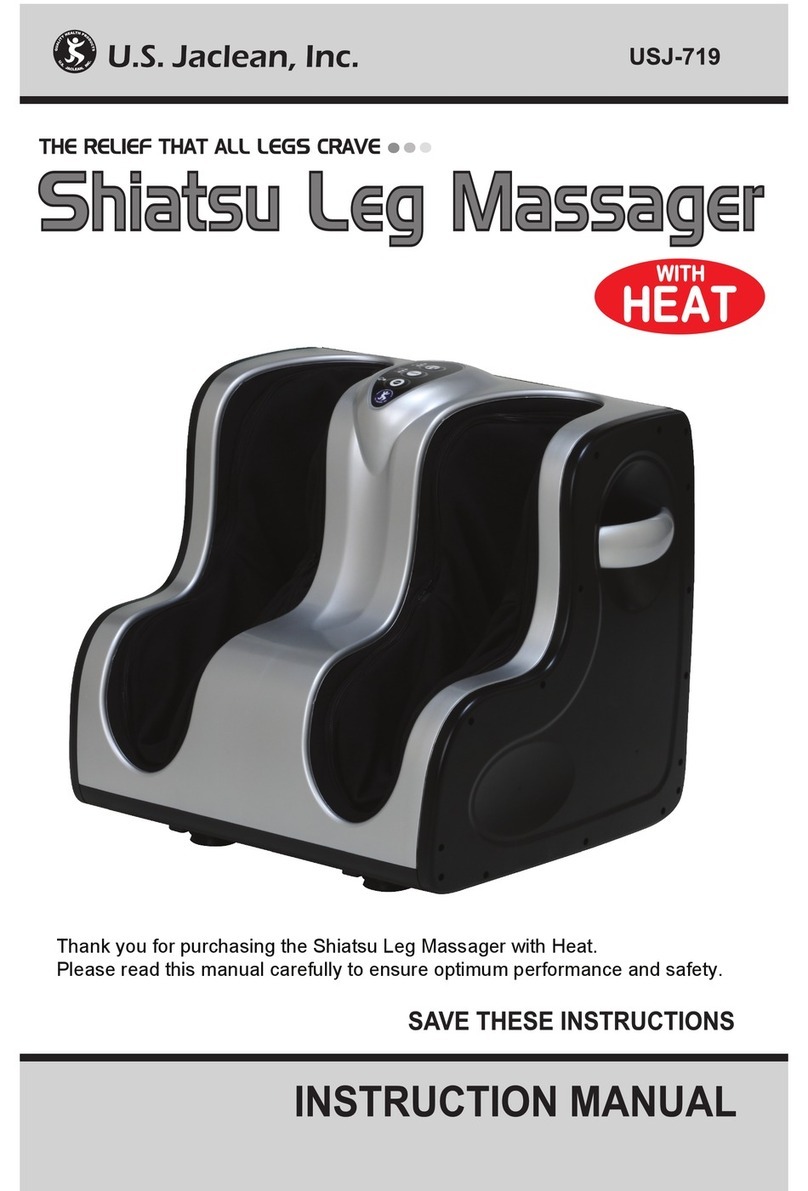Seating Matters DENVER Installation instructions

Operation Manual &
Product Specification
DENVER™

November 2019

CONTENTS
2. Safety Instructions
4. Technical Specification
6. User Guide and Operating Instructions
12. Working Environment
13. Seating Matters Recycling Policy
14. Intellectual Property
14. Maintenance and Servicing
This Operation Manual is frequently updated to ensure safe use of your product. Visit
www.seatingmatters.com where you can find a free copy of the most up to date version.
DENVER ™ Instruction Manual 1

SAFETY
INSTRUCTIONS
All instructions must be read and understood before the product
may be used.
Terminologies
Patient: The person sitting in the chair.
User: Competent person with responsibility for the persons sitting in the chair as
well as the suitability of the equipment for the Patient. The User is responsible for
checking the chair for faults during the course of its use.
Assembly, Installation, Warnings & Hazards.
1. This chair should be fully assembled, all fixings secured and the chair checked for
safety by a competent person before use.
2. The User must ensure that the product is in good condition before use (check all nuts
and bolts are fastened, fabric in good condition etc). If there are any problems, these
must be reported to your Seating Matters provider and corrected before the chair is
put into use.
3. Keep all body parts away from the mechanisms under the chair. Repairs and
maintenance should only be carried out by fully trained technicians.
4. Exercise care in removing parts when cleaning or adjusting to avoid injury.
5. Pressure ulcer or pressure injury reduction is not a guarantee with this equipment.
The User must ensure that the Patient has a period out of the chair after prolonged
sitting to raise tissue oxygenation levels. Although the chair oers pressure
management, the body tissue still needs time to recover. In many places, local or
national guidelines recommend a maximum of 2 hours sitting at any one time. You
must also observe Patient specific recommendations and guidelines as set by their
health professional with regard to the use of tilt and recline for appropriate pressure
management.
'
6. The product may not be left in an outdoor environment. More information on fabrics
2

and their environment can be found later in this manual.
7. A competent person, trained in the use of the chair, should make adjustments and
set it up according to the User requirements and Patient dimensions before the
Patient sits in the chair. Where possible, adjustments should be made when the
Patient is not in the chair to avoid injury to the User and Patient.
9. Ensure there is more than one competent person there when making adjustments
to ensure they are correct and safe for the Patient.
10. If in doubt as to any the adjustments, feel free to contact Seating Matters direct
at technical@seatingmatters.com.
11. Under no circumstances must the User or Patient stand or sit on the leg rest of
the chair.
12. The chair should not be transported in a vehicle while the Patient is seated on the
chair.
13. This product should not be lifted at any time unless by competent persons trained in
such manual handling.
14. When operating the leg rest and recline features on the chair please ensure there
is a 450mm gap around the chair to prevent the back or leg rest coming into contact
with a wall or any other object.
15. The chair needs to be plugged into a main power outlet at all times in order to be
used.
Please call your Seating Matters provider if you have any questions on these points.
DENVER ™ Instruction Manual 3

Basic dimensions
AOverall height 1090mm/43in
BBack height 690mm/27in
CSeat to floor height 400-500mm/16-20in
DInside back width 495-595mm/20-24in
Chair and overall length
E (Seat width) F (Overall widths)
450mm/18in 700mm/28in
500mm/20in 750mm/30in
550mm/22in 800mm/32in
Seat depth back position
IPosition 1 457mm/18in
JPosition 2 559mm/22in
Tilt angle
KForward tilt 35�
Overall chair widths
G1700mm/67in
DENVERTM
TECHNICAL SPECIFICATION
Chair weight unloaded is 57 Kg/125.6 lb/10.56 Stone. Chair user weight limit is 136.5 Kg/302 lb/21.5 Stone.
*Please note when adapting cushion thickness arm height will be aected.
Contact technical@seatingmatters.com for further information.
4

USER GUIDE AND
OPERATING INSTRUCTIONS
A competent person, trained in the use of the chair, should make adjustments and set
it up according to the User requirements and Patient dimensions before the Patient
sits in the chair. Ensure there is more than one competent person present when
making adjustments to ensure they are correct and safe. Ensure all fixings are secure
before allowing the person to sit in the chair, this includes lateral supports and seat
adjustments. Please call your Seating Matters provider if you have any questions on
these points. This product should not be lifted at any time unless by competent persons
trained in such manual handling.
• Braking Castors:
If The DENVER™ is used on a plane or hard surface with the brakes engaged to
ensure stability and to avoid the device moving undesirably during use. Braking
castors, where provided, must be in the braked position while in use.
• Back angle adjustment:
To recline the back of the chair, the user use the buttons on the handheld remote to
move the back of the chair slowly until it is in the required position. Exercise care in
case of injury to the Patient or damage to the surrounding environment.
• Rise Function:
Using the handset adjust the seat angle to a desired position. The seat will elevate
which will assist the patient to a standing position. The patient should be encouraged
to use their armrests during this elevation for stability and balance.
(fig.1)
5

(fig.2)
• Seat depth adjustment: To adjust the seat depth on the DENVER™ stand at the back
of the chair and lift the lock levers at the base of the backrest. Lift the back from
it's hinges. The standard setting for seat depth is set to Position A. and place it on
depending on settings (fig. 2).
Please note: Do not attempt to adjust the seat depth while the client is in the chair.
•Seat height adjustment: This is achieved by cushion size and/or larger wheel options.
Cushion sizes are 450mm/18in and 500mm/20in.
•Chair Movement: To move the DENVER™ around, ensure the brakes are disengaged
and push the chair in the desired direction. Only a competent person should move this
chair.
A
B
6

•Seat cushion: The seat cushion on the DENVER™ is a waterproof, pressure
redistributing, breathable, medium foam cushion providing pressure management and
comfort. The seat cushion will have non-slip material on one face and a zip closure on
one side.
To fit the seat cushion to the chair, unwrap the cushion from the plastic packaging.
Ensure the non-slip material is on the bottom and makes contact with the non-
slip material already on the baseboard, with the zip closure at the rear. This is
important as the foam's structure facilitates immersion and envelopment of the body
prominences ONLY when fitted as instructed.
•Back Options: Back cushions can be reconfigured to change from a Waterfall position
to a Fibrelux position using the velcro on the front of the backrest. (Figure 3. a).
Side Laterals: Side laterals can be purchased seperately as additional side support to
the DENVER™. To add or remove side laterals, insert the end (no padded side) of the
lateral into the mounted bracket on the backrest and tighten the knobs. (Figure 3.b).
(fig.3.a)
(fig.3.c) (fig.3.d)
(fig.3.b)
DENVER ™ Instruction Manual 7

•Stand transfers:
Ensure transfer area is clear of hazards before allowing the patient to get on or o the
chair exercising care to stay away from the sliding rail. Ensure the braking castors are
engaged for stability and safety. The back recline and seat angle must be in a safe
position before the Patient can perform the stand transfer or engage the Rise function.
Rise transfer:
Using the handset, adjust the back recline and seat angle to a desired position. The
seat will elevate which will assist the patient to a standing position. The patient should
be encouraged to use their armrests during this elevation for stability and balance.
•Hand control:
The seat angle adjustment and back angle recline are controlled by the electric
handset, simply push the button to operate the corresponding function.
8

(fig.4)
• Powering your chair:
The chair must be plugged into the mains at all times. In the case of a power outage,
there are two 9V batteries located in the control box for backup power. They are
not meant to be used for a prolonged period and the chair will operate slower when
powered soley by internal batteries.
DENVER ™ Instruction Manual 9

WORKING ENVIRONMENT
• Dartex Multi-stretch: Waterproof, stain resistant, flame retardant, multidirectional
stretch fabric for pressure management situations – i.e. seat cushion, calf panels,
lateral supports and seat back.
• Vinyl: Non-absorbent, anti-bacterial, flame retardant, strong, durable material for outer
arms, outside back etc.
Cleaning and Maintenance of Fabrics
• Vinyl (Arms and outside back): Vinyl is resistant to urine, most household stains, mild
acids/alkalis, drinks and beverages as they are not absorbed by the vinyl and can be
wiped o without any problem or lasting damage. Some dicult substances such as
lipstick, ball point pen ink and food colourings should be cleaned o immediately to
avoid permanent staining.
• Cleaning: To ensure proper cleaning and longevity of the fabrics, the chairs should
be cleaned with warm soapy water followed by a clean water rinse to help retain
the attractive appearance and durability. Heavy, ingrained soiling may be removed
by scrubbing with a soft brush. Strong detergents, solvent cleaners, polishes or
patent chemical cleaners should not be used as they are unnecessary and may cause
embrittlement and cracking of the material. Additional Care – special attention should
be given to head rest and arm rest areas, as build-up of body oils in these areas will
gradually cause the vinyl to harden. The wing knob (fig. #) can be used to remove the
arm for cleaning and maintenance.
Dartex Multi Stretch Fabric (Patient contact surface)
PROPERTIES: This fabric is waterproof, can be wiped clean and has biostatic
(anti-mycotic) coatings to provide an impenetrable barrier to virus and bacteria.
Superficial dirt may be removed by wiping with a soft cloth moistened with water
containing a neutral detergent. More persistent contamination may be treated by
wiping with alcohols or turpentine substitute, followed by hot water and detergent.
Routine cleaning and disinfection in situ may be carried out on the coating with
hand hot water and a neutral detergent or with a sodium hypochlorite solution
(0.1% or 1000 parts per million available chlorine). The material is compatible with
the 10,000ppm available chlorine in solution required for the decontamination of
blood spills. Excess solution must be removed and the surface thoroughly rinsed
and dried prior to reuse or storage. Proprietary disinfectants may be used provided
manufacturer's instructions are followed. All cleaning agents, and disinfectants, must
be thoroughly rinsed o and the item dried before storage. Failure to do this may
result in damage to the polyurethane coating, react with the chair frame, or negate
the biocompatibility results of the fabric. It is essential that articles be thoroughly
dried after all cleaning procedures and before storage.
10

SEATING MATTERS RECYCLING POLICY
Seating Matters are committed to reducing waste and improving our care for the
environment. We aimed to construct our chairs with as many recyclable materials as
possible that could be repurposed indefinitely.
The WEEE Directive
The WEEE Directive, 2012/19/EC, urges producers of Electrical and Electronic
Equipment (EEE) to provide information on how these products can be treated,
reused or recycled.
In order to comply with this directive in the European Union, Seating Matters
electrical components are marked with a crossed out wheelie bin. This indicates
that the electrical components should be treated in accordance with the WEEE
regulations after their useful life.
Advice on Recycling
• Your Seating Matters product may contain batteries which
should not be disposed of in household waste.
• Never dispose of the battery in a fire. This may cause an
explosion.
• The product may contain substances that could be harmful to
the environment.
• Electrical components must be taken to a proper recycling
facility.
• Your Seating Matters product contains component parts which can be recycled.
• We thank you for being environmentally responsible and for making eorts to recycle
your Seating Matters product at the end of its’ safe and useful life.
• Contact your local authority or governmental agency for the regulations that apply
in your area.
• If you wish to have Seating Matters recycle your product and your behalf, you are
welcome to return the product to our company.
Plastic Components
Many of our plastic components are made from polypropylene and can
be recycled as long as they are recycled with other polypropylene resin
materials. Polypropylene sheets can be recycled with any other materials
that have this symbol.
Plastic Trays
Our plastic tray tables are made from Polyethylene Terephthalate Glycol
(PETG) which is a sturdy, transparent, easily cleaned material. Like acrylic,
PETG is 100% recyclable and can be recycled and repurposed indefinitely.
Capable of being sterilized, it's a renowned food-safe material and will
DENVER ™ Instruction Manual 11

help us meet a higher standard towards infection prevention & control. PETG's
damage resistance is far higher than that of acrylic & has an impact resistance 30
times that of glass. PETG can be recycled with any other materials that have this
symbol.
Safety
The DENVER™ is CE marked to show conformance to
the Medical Devices Directive 93/42/EEC and conforms to BS ISO 7176 at medium
hazard.
Regional Variations
The device referred to as a "DENVER™ " is a Seating Matters product
category and the information included in this document reflects common features
of this group of products. In some regions of the world, we supply product design
variations of equivalent function and ease-of-use but with alternative specifications or
reinforcements.
Seating Matters are at the forefront of seating research and design, therefore we
take the protection of our intellectual property very seriously and have our designs,
patents and trademarks protected in many jurisdictions throughout the world.
•The Seating Matters Trademark is registered throughout the European Union and
various countries globally.
• Patient Pending: No. GB1915470.7
• US Design Patent: No. 601360S, No. D611718; No. 600932, No. D602704S.
• Australian Design Registration: No. 325536, No. 324011, No. 325537, No. 324012.
• Community Design Registration: No. 001016364-002, No. 000942180-0004, No.
002428813-0001, No. 001016364-001, No. 012673018.
• Canadian Design Registration: No. 130224, No. 128763, No. 130217, No. 128764.
DENVERTM MAINTENANCE AND SERVICING
Regularly servicing your Seating Matters chair will prevent untimely and inconvenient
breakdowns, reduce repair costs and extend the chair's life. Damage to the chair can
also cause excess strain for the Patient and User.
INTELLECTUAL PROPERTY
12

Important
Parts can only be changed by service persons trained in Seating Matters products and
use only Seating Matters parts. We recommend that your chair is serviced every year
by a Seating Matters approved provider for any running repairs and maintenance.
Maintenance
Carry out the following regular checks to ensure the operation and safety of the
chair. If you are in any doubt about the functioning of your chair contact your Seating
Matters approved provider immediately.
Daily
• Check that the castors are not damaged.
• Check that the castors turn freely.
• Make sure that the castor forks run free and are not bent.
• Check all fabrics for damage or contamination and replace where necessary.
• See cleaning and maintenance of fabrics section in manual for cleaning
instructions.
Weekly
• Check the castors fittings for hair and dirt etc. which could restrict the castor
movement.
• Pick out any such material with tweezers or take the spindle out, clean it and then
replace it.
• If it is still not free (one continuous turn without it sticking) contact your Seating
Matters approved provider for replacement.
Monthly
• Castors: Make sure the top of the castor housing is parallel with the floor. Any
variation will cause restricted movement. If it is damaged contact your Seating Matters
approved provider for replacement.
• Mechanisms: Check all tilting mechanisms are working smoothly, check that all nuts
and bolts are present and secure.
Please note:
If nuts or bolts need attention, contact your Seating Matters approved
provider IMMEDIATELY and DO NOT use the chair until it has been serviced.
• Leg rests: Check that all leg rests are easily removed/swung-away and replaced or
repositioned easily. Ensure that parts lock in place securely. If parts are not locking
try lubricating. If the problem still remains contact your Seating Matters approved
provider.
• Frame: Check the visible parts of the frame for cracks, splits, large dents or other
damage. If you find any of these things do not use. Contact your Seating Matters
approved provider immediately.
WE ARE HERE TO HELP
For any questions or queries regarding your Seating Matters chair please contact:
contact@seatingmatters.com
DENVER ™ Instruction Manual 13


WE ARE HERE TO HELP
For any questions or queries
regarding your Seating Matters
chair please contact:
contact@seatingmatters.com

VIEW OUR FULL
RANGE OF CHAIRS
& ACCESSORIES
ONLINE.
WWW.SEATINGMATTERS.COM


UK & Europe
1st Floor
239 High Street Kensington
London, UK
W8 6SN
Tel: +44 (0) 20 3982 2900
london@seatingmatters.com
Australia
1/6 St James Place
Seven Hills,
NSW 2147
Australia
Tel: +61 1300 001 050
australia@seatingmatters.com
Canada
269 Maplegrove Rd
Colborne
ON, Canada
K0K 1S0
Tel: +1 (905) 507 9007
canada@seatingmatters.com
USA
300 International Drive
Suite 100
Bualo, NY 14221
USA
Tel: +1 (315) 466 8973
usa@seatingmatters.com www.seatingmatters.com
N.Ireland & ROI
131 Carnamu Road
Limavady
Northern Ireland
BT49 9JG
Tel: +44 (0) 28 777 666 24
contact@seatingmatters.com
D
O
N
O
T
D
I
S
C
A
R
D
T
H
I
S
B
O
O
K
M
U
S
T
B
E
R
E
T
A
I
N
E
D
F
O
R
F
U
T
U
R
E
R
F
E
R
E
N
C
E
.
Other manuals for DENVER
2
Table of contents
Other Seating Matters Massager manuals


